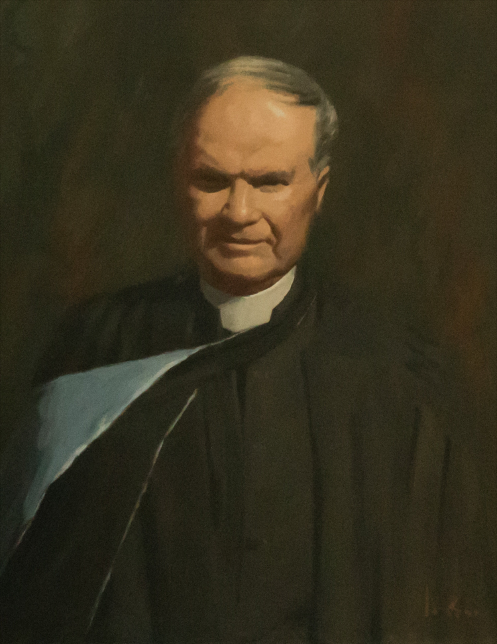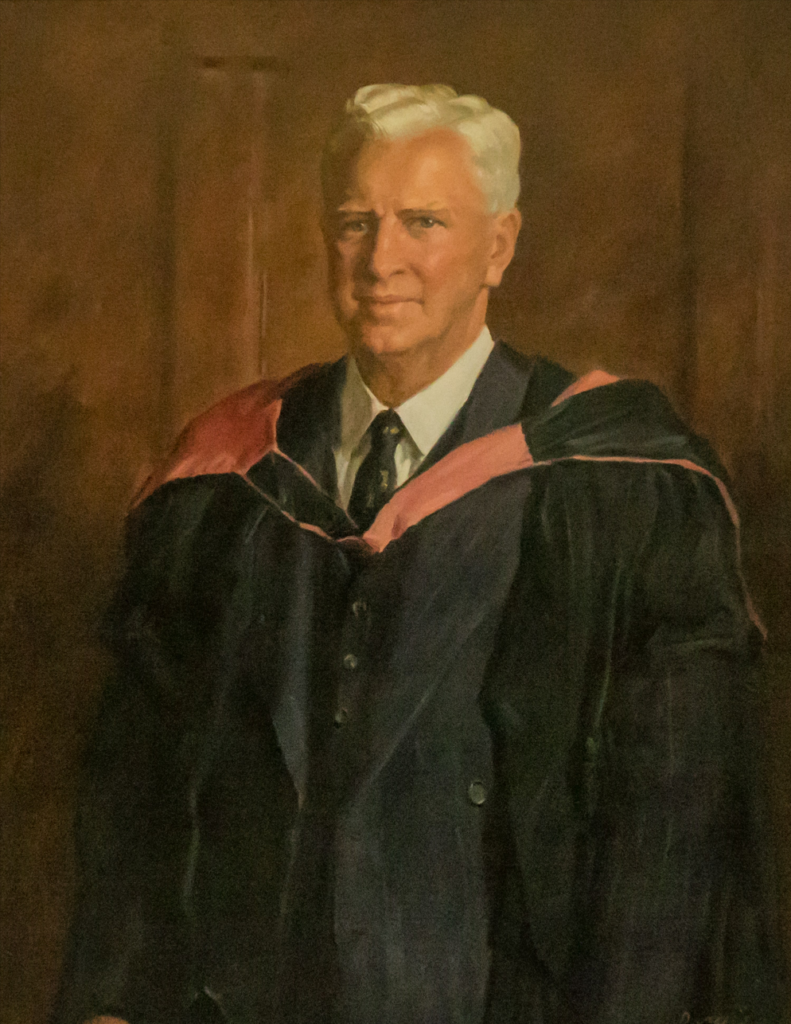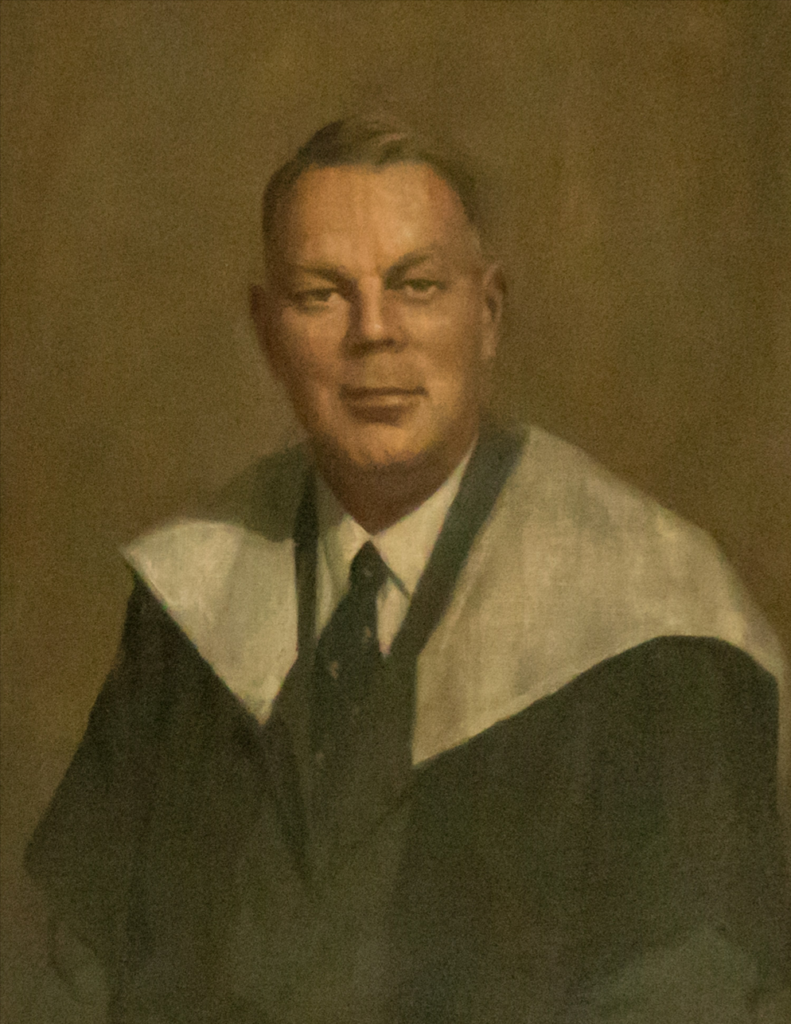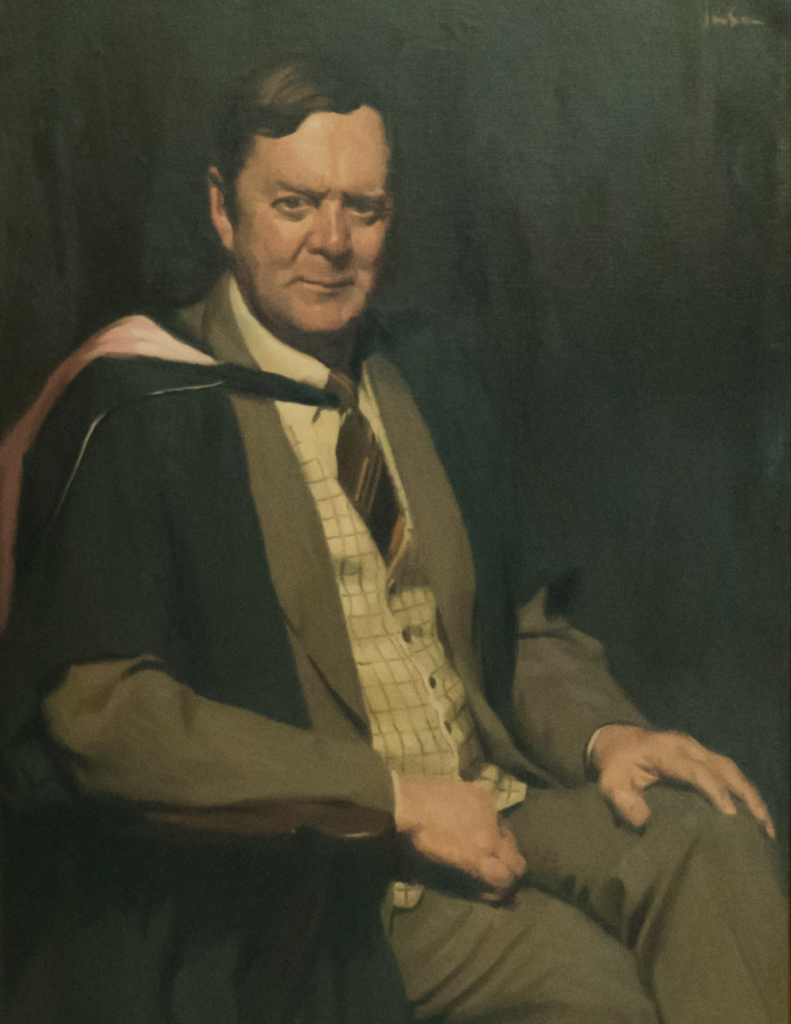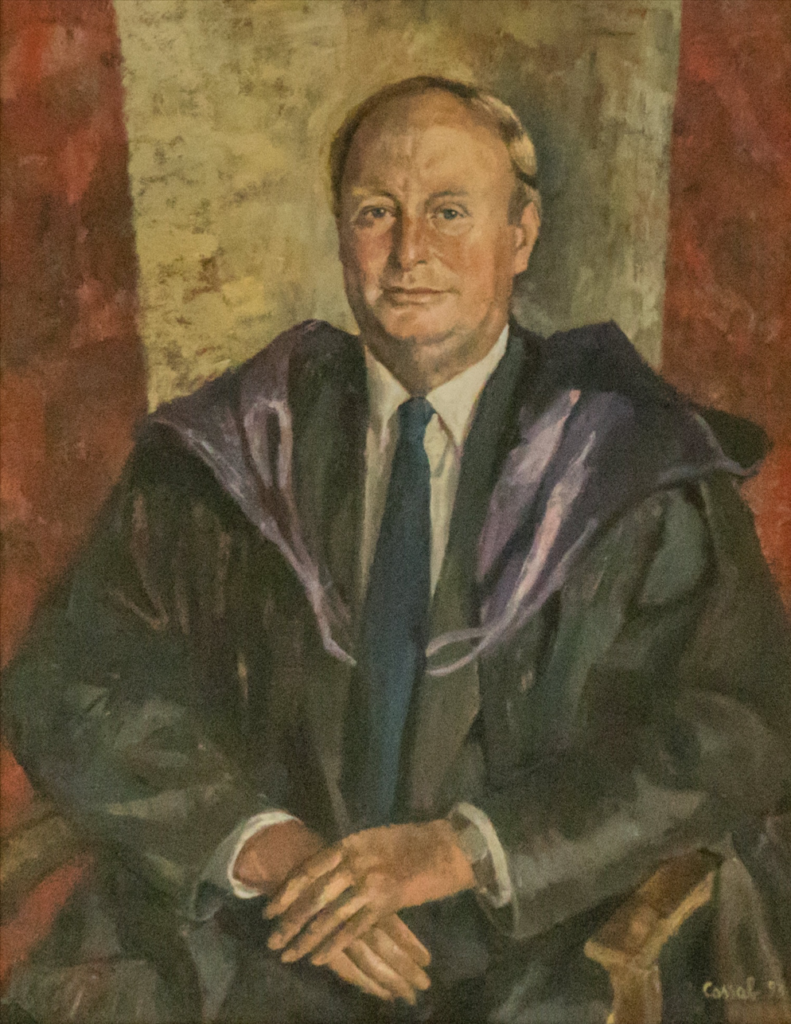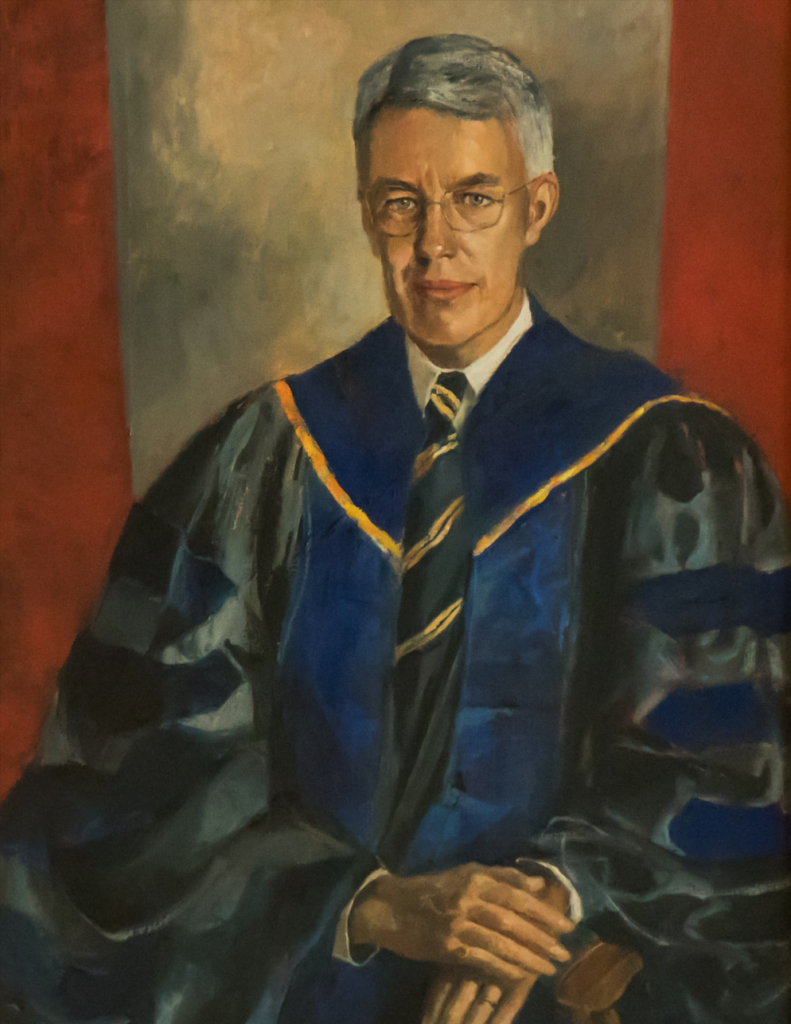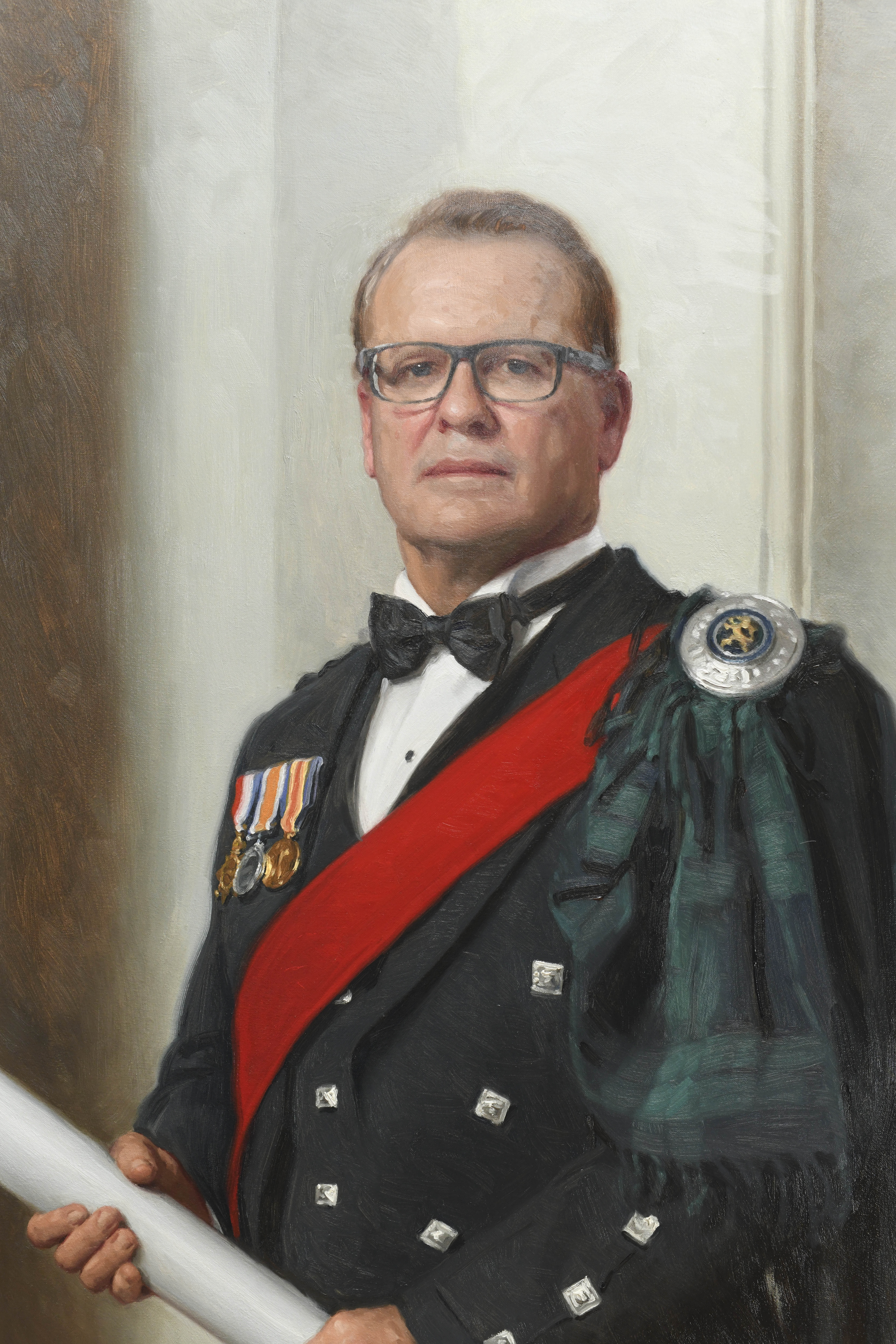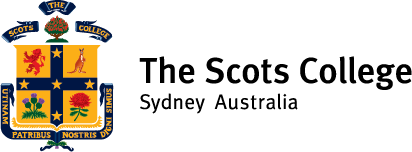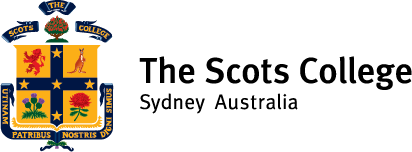Born in Oamaru, New Zealand 1864, Mr James Bee was the son of Scottish immigrants from Dalkeith, near Edinburgh. After attending Oamaru Grammar School, he became a pupil teacher in 1878 and attended the University of Otago. Studying mathematics, he graduated with a Bachelor of Arts in 1887 and a Master of Arts a year later. He also attended Dunedin Training College for his formal teacher training and continued his studies at Victoria University College graduating with a Bachelor of Science in 1902 and Master of Science in 1905.
Mr Bee played rugby for a New Zealand team against New South Wales in 1884 and 1886. His goal-kicking skills won him a small gold football which he would continue to wear on his waistcoat throughout his 20 years at Scots. In 1890 he married Ms Wilhelmina Young at Hoopers Inlet, near Dunedin. Wilhelmina was known to Bee as Winnie and to Scots boys as ‘The Queen Bee’.
Mr James Bee was Principal throughout the First World War and the Depression.
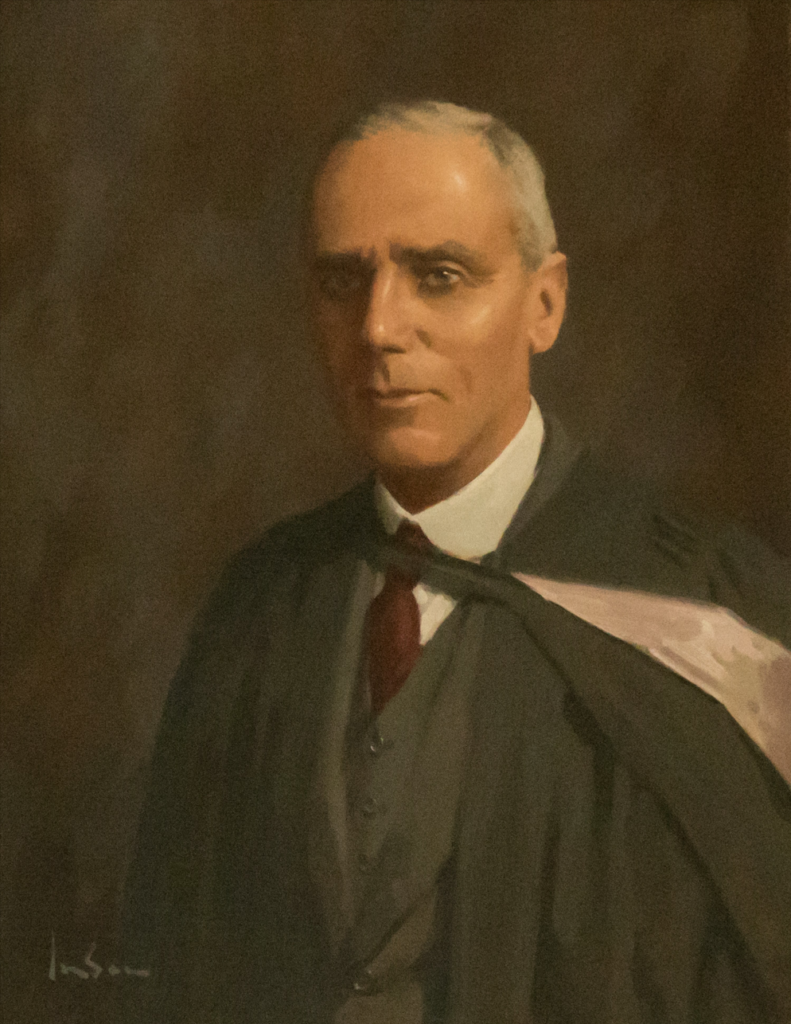
Initiatives
- Mr Bee employed masters to teach single subjects, rather than broad classes of mixed subjects. He sought to drive up teaching outcomes by employing qualified, experienced staff.
- During his stewardship the Parents and Friends Association was formed, a war service record began for the WWI memorial, permission was sought from the Royal Highland Regiment for the Black Watch tartan to be worn by the Cadets as uniform.
- He introduced of a new uniform – a dark grey suit with a lion rampant embroidered on the breast pocket which replaced the navy blue serge.
- Mr Bee had started a House system at Scots in the English tradition. When he arrived in 1914, there were 54 boys (30 boarders and 24 day boys). By 1927 numbers expanded to 164 boarders and 176 day boys and in 1930 enrolments reached over 450.
In his 20 years as Principal, Mr James Bee oversaw several other new initiatives including:
- the first edition of The Scotsman yearbook in 1914
- a new classroom block that was opened in 1915 by Lady Helen Munro Ferguson. It included a temporary building of lower dormitories known as ‘Kewpieville’
- Macintyre House, completed in 1919
- Kambala House on Mansion Road was purchased in 1921 to become the Preparatory School and opened the following year with Mr Henry Waring as the first Master-in-Charge, succeeded by Mr Lindsay Palling as Headmaster
- ‘Kewpieville’ was pulled down to make way for Kirkland House in 1926, named after Council Chairman Mr John Kirkland. Kirkland House comprised of six dormitories, each designed to hold ten boys.
- St Killians became known as Aspinall House after Rev Aspinall, the College’s first Principal
Various additional facilities were added to the College property: a new wing to the Preparatory School, a kitchen block and offices for Aspinall House, a School Hospital with two wards (1930), the boat shed in Rose Bay and a doubling of the playing fields to also include practice wickets
Student Success
- Plenty of student and sporting successes were recorded during this time. In 1915 Scots entered first grade Cricket and Football and a Rowing club was established. A crew of four entered in the AAGPS Rowing Regatta the following year and the first Scots boy was chosen for an All Schools Cricket team.
- By 1918 Scots fielded five Football teams. Before Mr Bee would retire, Scots received a new racing eight donated to the College by Old Boy R W Miller and a 2nds IV team won at the AAGPS Regatta. Scots had also re-entered the AAGPS Shooting competition and won the AAGPS Junior Athletics.
- In 1919 the literary and debating society was formed and, two years later, a Scots Debating team were runners-up in the GPS competition. The Debating team went on to win the competition in 1923 and 1924 supported by a Debating Society who started a library of 500 books. Naturally, a library club formed soon after.
Fun Facts
- In his last Speech Day address Mr Bee says “ … like the school crest, the College continues to blend what is best in Scottish tradition and in Australian sentiment,” closing with the words of one of the songs on the program — “Guid nicht, and joy be wi’ you a.”
